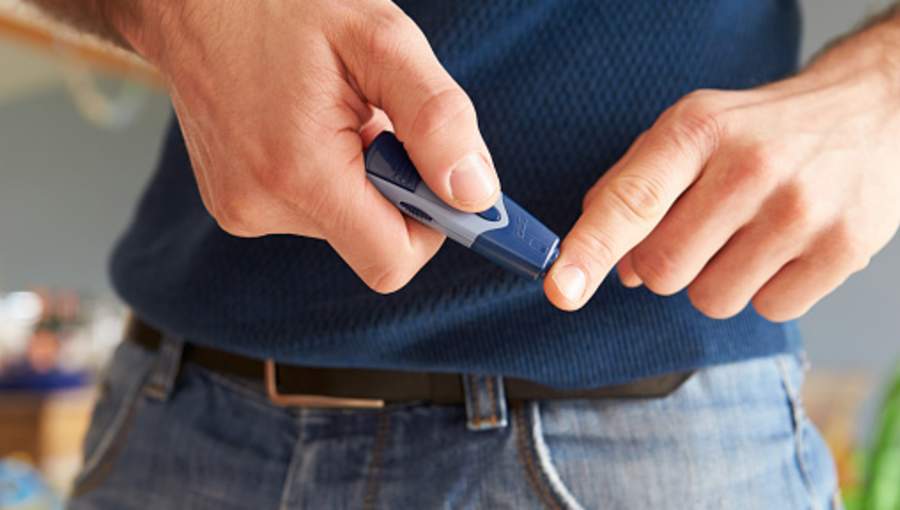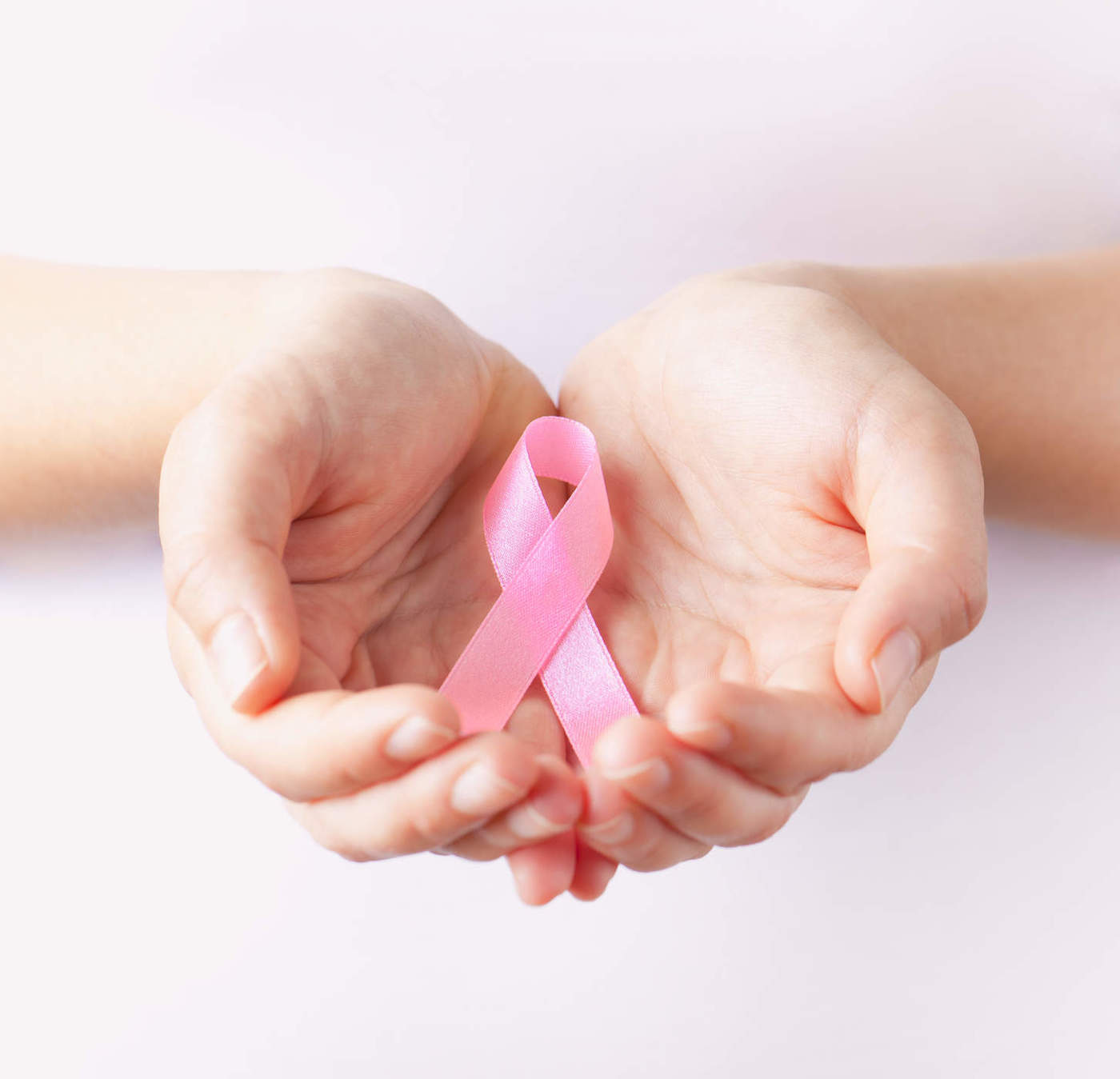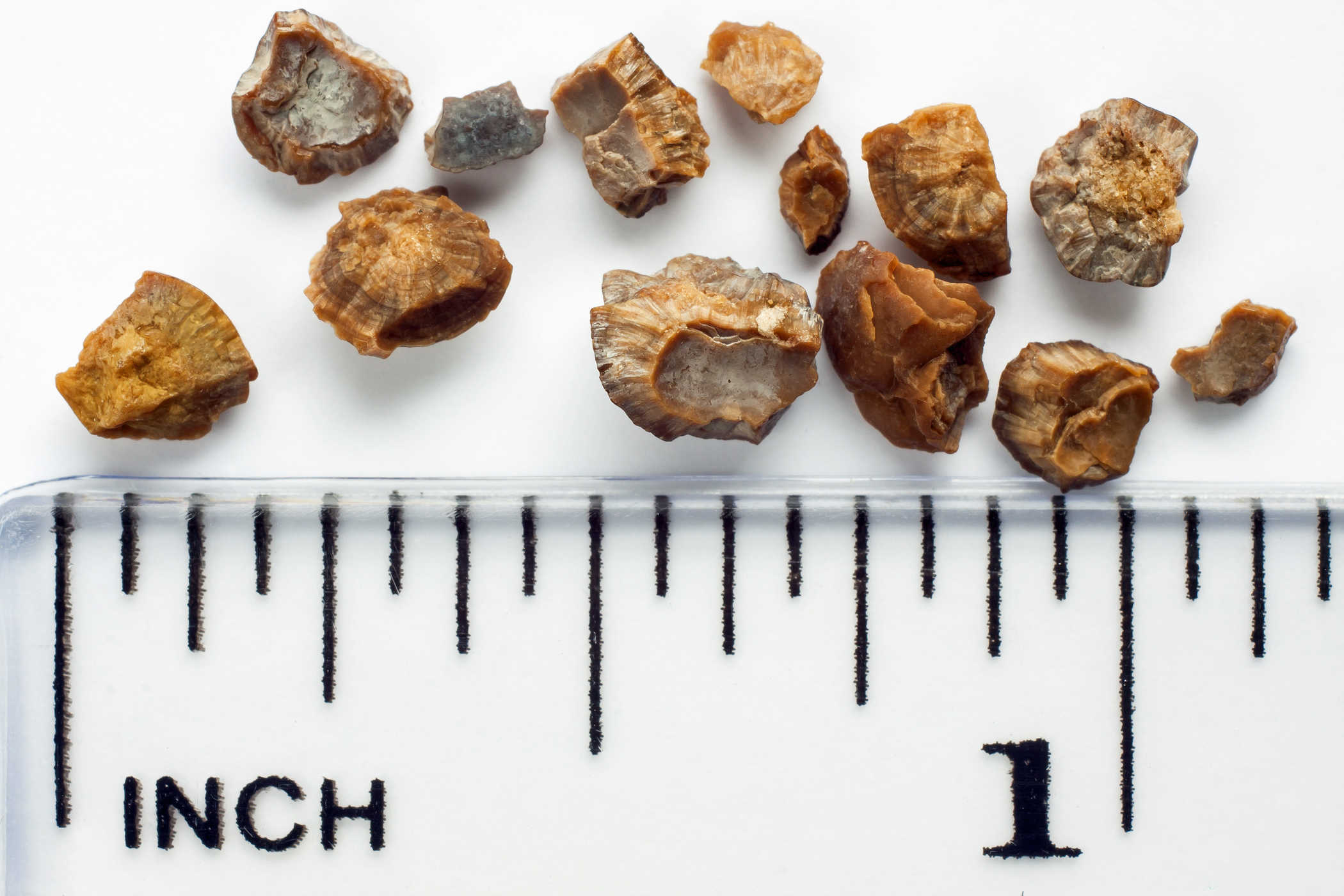Contents:
Medical Video: Safety Lessons On Child Sexual Abuse
There are many things that we teach children about safety during their growth period, from looking right-left before crossing, until don't take candy or biscuits from unknown people. But, one thing is forgotten: sex education and the authority of the body itself. Sex education for most Indonesian people is still too taboo to talk about, often this topic surfaces when it's too late.
Reporting from republika.com, referring to the 2015 Child Protection Commission (KPAI) data, there were 21.6 million cases of child rights violations throughout 2010-2014. Of these, 58 percent are categorized as sexual crimes followed by murder.
Why is sex education for children important?
Learning about preventing sexual harassment is necessary, but not enough to ensure their security. Prevention and teaching are the responsibility of adults. Children, of course, are still very vulnerable to all types of violence because of their helplessness and dependence on adults, as well as their lack of knowledge about hazards and how to protect themselves.
Children develop self-defense from the encouragement of the closest people they trust to recognize their physical abilities and emotional wealth. They need help to acquire adaptive skills, rise from difficulties, and to prepare themselves for the challenges he will face in the future.
To teach children effectively, parents and teachers must first arm themselves with the right information about the complex effects of sexual abuse on children and other important facts.
What can parents do to make children aware of the dangers of sexual abuse?
1. Teach children about their anatomy
Body recognition must be done as early as possible, including by naming the right genitalia for them. Many parents choose 'refine' the terms of the anatomy of the body such as "breast", "penis", or "vagina" with words that they think are more acceptable. This method is wrong.
By teaching children the right names for each part of the body, they will be more accurate when telling what happened to them if someone harassed them. By using appropriate anatomical terms, everyone involved will understand exactly what children mean to minimize the possibility of misinterpretation. For example, it would be much clearer if a child could report abuse that happened, "that person touched my vagina with his penis" compared to if he said "that person is holding my breast."
2. Teach children about boundaries
The main principle that you must teach early is that the body is private property, that every human being has the right to determine what they can and will do with their bodies, who can touch them, and how others touch their bodies. The right of every child must be guaranteed and treated equally, like an adult.
Also teach that there are certain areas that should not be seen or touched at all by other people, with a note that if the child's body condition requires to be examined by medical personnel, explain that this is okay because this examination is related to his health, and accompany the child during the examination.
Teach children to respect their bodies by teaching them to respect other people's bodies. Teach children early to do nothing to others if the person does not want it. For example, if he tickles you, or his brother, continuously, you can simply say, "I don't want to be criticized. Please stop, yes. "And make sure your children respect your decision. Teaching by example will be easier for children to understand.
Also respect their desires, and make sure they know that not anyone, including you, has the right to touch them without their permission. Ask the child before touching them, such as, "Do you want to carry it, don't you?" And do not assume everything is okay to do. Ask their permission to give a kiss, don't do it immediately. Do not carelessly ask them to give kisses or hugs to other people if they don't want to. Teach them to be able to refuse politely.
Which is a good and bad touch?
A good touch is a touch that can give us comfort and feel cared for. Also explain to the child that sometimes, good touch can be painful, for example, when cleaning a wound. It hurts, but it will make him better.
Whereas bad touch is a touch that is painful, both physically and emotionally. For example: when someone hits, pinches or kicks it.
One other type of touch is unwanted touch, which is usually a good touch, but not desirable for now. For example, swinging on the swing feels very pleasant, but if it's done after lunch, maybe your child will feel dizzy and nauseous, so they tend not to want it.
Which includes sexual harassment?
Touches that include sexual harassment are very clear, will not confuse others even when using unfamiliar terms. Touches of sexual abuse are types of touch that make children afraid, anxious, or anxious in private body parts (which are usually covered in everyday clothes, including swimsuits). Explain to the child that this touch might be "good", but it feels uncomfortable. Explain to the child that if someone touches them and then asks them to keep the secret about the touch, then that touch is sexual abuse. Explain clearly that sexual harassment can also occur if they are touched when they are wearing full clothing, for example someone is touching their pants or skirt.
When you touch your child, ask them about the meaning of the touch for him. Ask questions like, "Now, may I not hold your hand?" Or, "If now someone else (brother / aunt) holds your stomach, can you or not?" Try asking the child to explain their reasons for whether or not the touch is possible.
Teach the child to say no
It is very common for children to hear commands such as, "Follow your father's words!" Or, "Don't be stubborn, you already said don't do it!". However, at that early age it will be very difficult for children to be able to tell which commands they must obey and orders they do not have to carry out.
Teach children that they have the right to refuse and say no. The majority of child abuse cases are reported based on coercion and not physical violence. Teaching children to be able to say "no!" Clearly and decisively can make a significant difference in many situations.
Indeed there are some clear boundaries where children cannot say no, and this is where parent's confusion can occur. When discussing with children, it's clear that they can say no to anyone who wants to kiss their mouth, touch their vagina, penis, chest, or buttocks, or other body parts that are usually covered in clothing. Also make it clear that they have the right to refuse if the person says that this touch is safe and will not punish them. Teach children to trust their instincts and if something feels strange, say no.
Always accompany children in their lives
Set aside some of your time with the child where they can get your full attention. Make sure that they can confide in anytime about everything that happens in their daily lives, or if they have certain questions, or if they feel someone makes them feel uncomfortable. Also make sure that they will not get into trouble if they share these things. Many abusers use trick or bribery tricks so that their victims keep secrets about the violence they experience. Compared to using closed questions, such as, "Today's school is exciting?", Give a follow-up question that gives the child the opportunity to elaborate on the story, such as, "Anything else you want to tell mom?"
Always remind your child that it's okay to talk to you, regardless of the topic of the conversation. And remember, your role as a parent is to always keep promises and don't give punishment when they are honest with you.
READ ALSO:
- Ansos doesn't mean antisocial, you know!
- Parents should be careful, these two important moments in life can cause strokes
- Do you often put your child to sleep this way?












